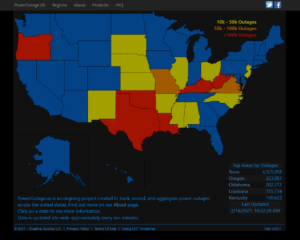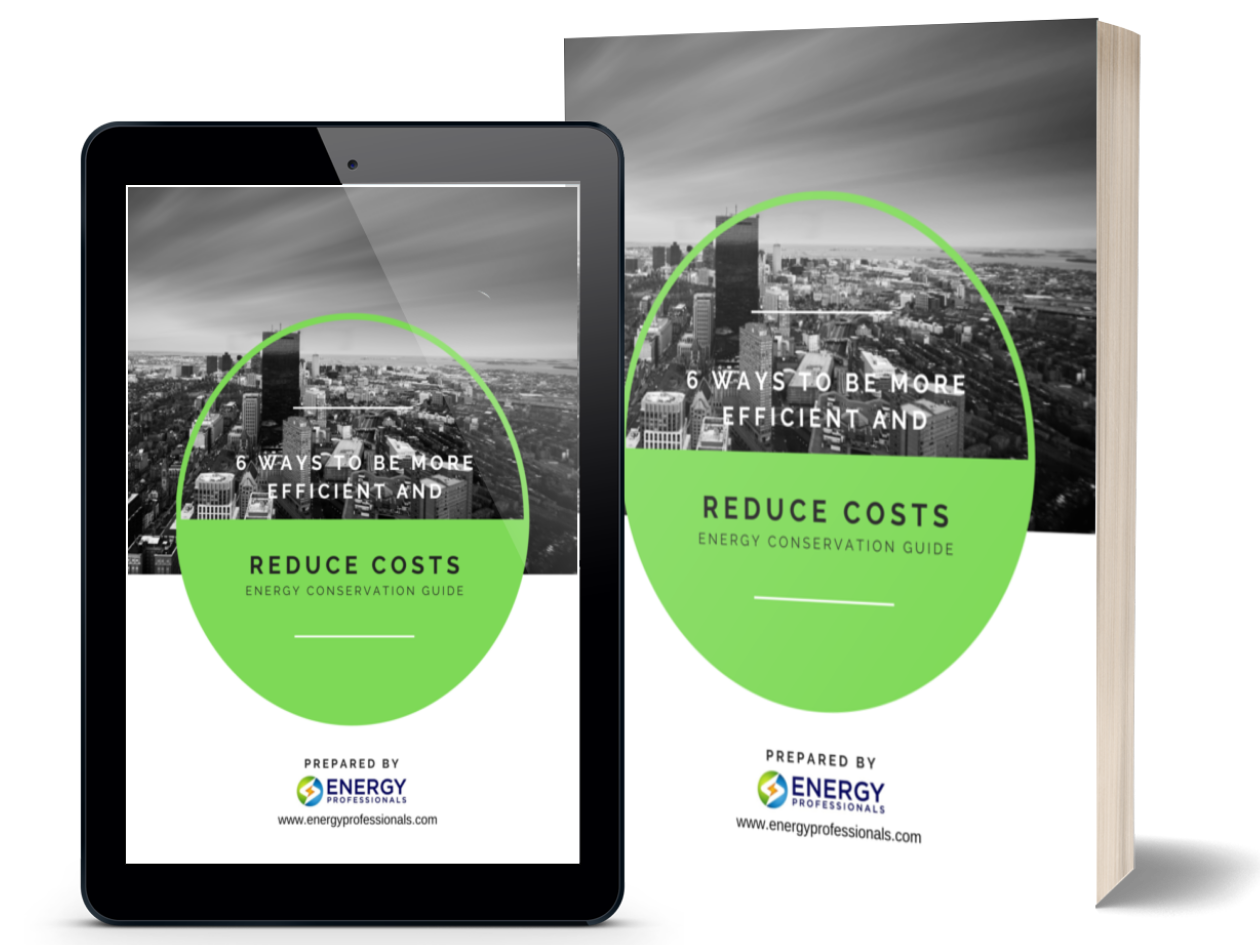How to Prepare for a Power Outage
Research reveals that power outages in the United States are higher than in any developed country. Residents of the upper

Research reveals that power outages in the United States are higher than in any developed country. Residents of the upper
Reading about the recent power outages in Texas reminded me of a few years ago when my home had lost power for nine days during hurricane Irma, except it was unbearably hot and muggy instead of freezing. Either way it was a disaster. Ever since then, I’ve kept a emergency “power outage kit” in my garage.
Living in Southern Florida, not only do I experience a power outage nearly every time there is a heavy rainstorm, which is quite often, but there’s also a chance that a hurricane, tropical storm, or a falling palm tree takes out my power for days – no that last bit about a palm tree wasn’t a joke, it actually happened in August of last year in West Palm Beach.
My point is that today power outages are becoming more and more common and it seems like there’s an increasing number of things that trigger them.
In this article, I am going to cover A) what you can do to keep safe during a prolonged power outage, B) how to prepare for a power outage, and C) four solutions to generating your own power so you don’t lose electricity, cooling, or heating during a power outage or rolling blackouts.
 Outages cost an average of about $18 billion to $33 billion per year in the United States, not to mention the hardship and disaster they give to families and homes.
Outages cost an average of about $18 billion to $33 billion per year in the United States, not to mention the hardship and disaster they give to families and homes.
It doesn’t take a scientific genius to see that the U.S. is experiencing an increasing number of power outages.
Just in the last two years, two of our biggest states have experienced rolling blackouts, something you generally only see in third-world countries. More than two years ago, I covered this subject in an article, Power Outages on the Rise in the U.S.
Raising my curiosity, I also researched the biggest power outages in U.S. history of which Irma was one, and I wrote a piece about the single biggest power outage that the U.S. had ever experienced: The Biggest Power Outage in U.S. History.
The above infographic was taken on February 16, 2021, and shows storm data U.S. power outages. power outages can be tracked by visiting www.poweroutage.us
In our day-to-day drive to achieve more, stay engaged, and keep up with the demands that we call life, we often take electricity for granted. Tet, as our industries expand, as we work to be more productive, and as we grow – collectively as a nation – we at the same time increase our continuous demand for power from an old and aging electrical grid. As a result, our outdated and rundown grid has a hard time keeping up!
During a prolonged power outage safety is a priority, here are a few things you can do to maintain safety:
The best way to prepare for a power outage is to have a way to produce your own power. It sounds kind of obvious but today more and more home and business owners are looking for power generation solutions as well as ways to be able to continue operations despite hiccups in the power grid.
Here are the four most common ways to generate your own electricity so that you don’t lose power should there be a power outage:
I hope that you found this article helpful and informative. If you have any questions about solar power or about behind-the-meter generation solutions for your business please give us a call and speak to one of our certified professional energy managers: (844) 674-5465


Don't have one? You can get one by calling us at 855-4-PKIOSK.
Energy Professionals is committed to finding its customers the best possible rates on electricity and natural gas. Tell us your location and service type and our energy manager will connect you to the most competitive offers.
Switching to an alternate supplier is easy. There is no chance of service disruption, and you'll continue with your current utility for energy delivery and emergency service. Take a few minutes to discover your best offers, and enjoy the benefits of retail energy in your home or business.
1. Energy Type
2. Service Type
3. Zip Code
4.Local Company
5.Zone
We believe that knowledge is power. Here’s a free e-book that provides business solutions to reducing energy costs.
Download E-Book Free Energy Audit




